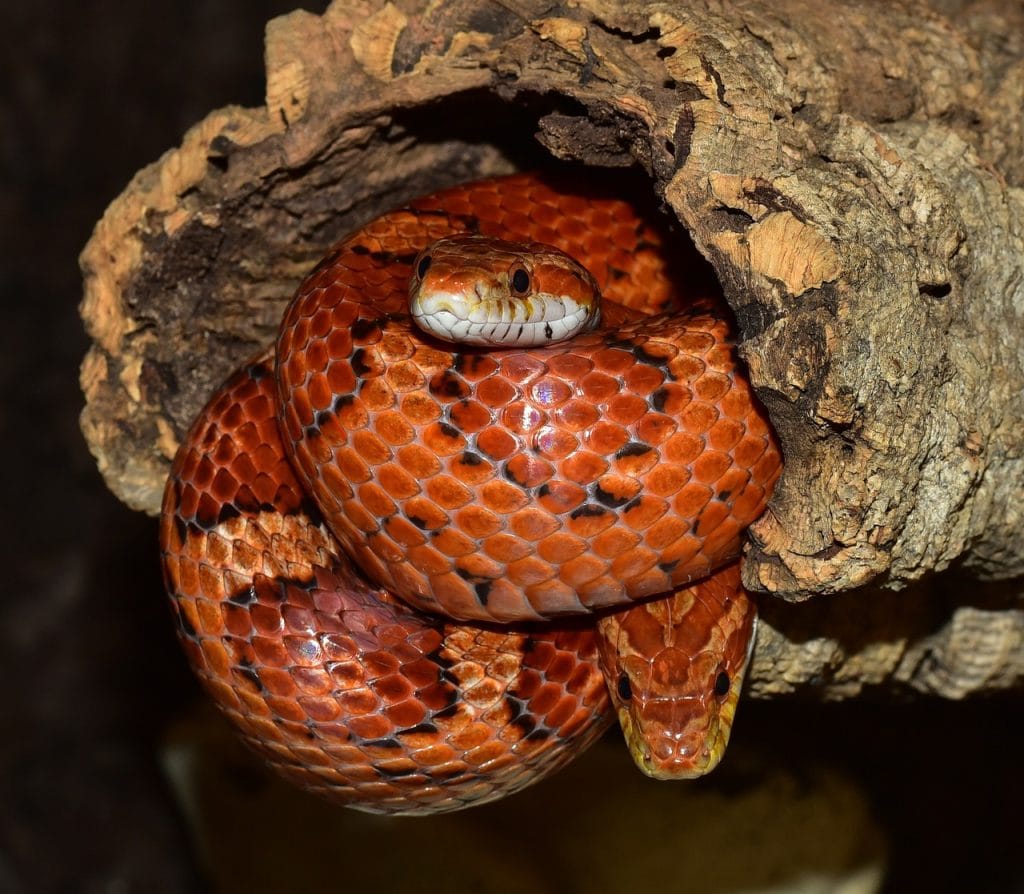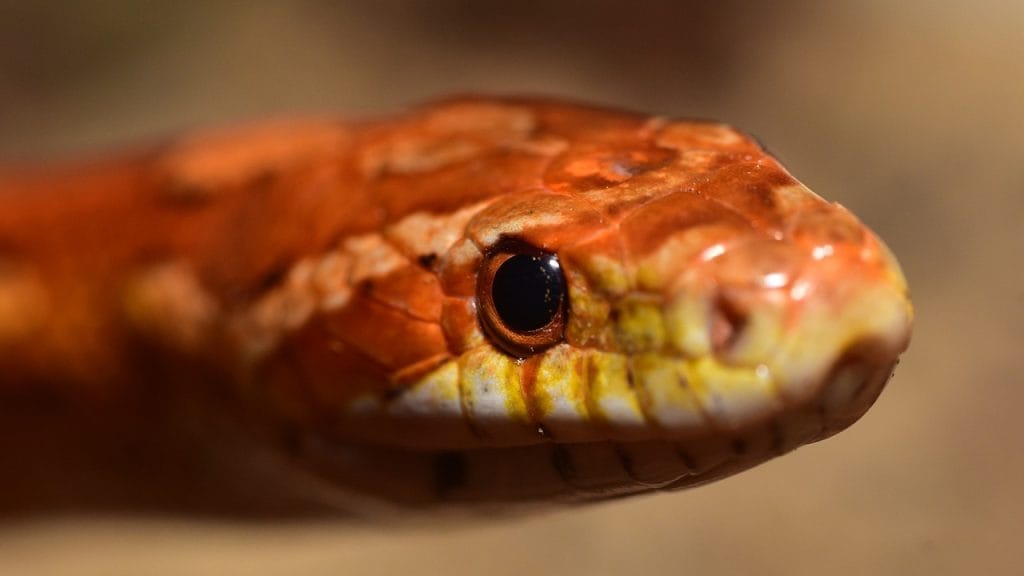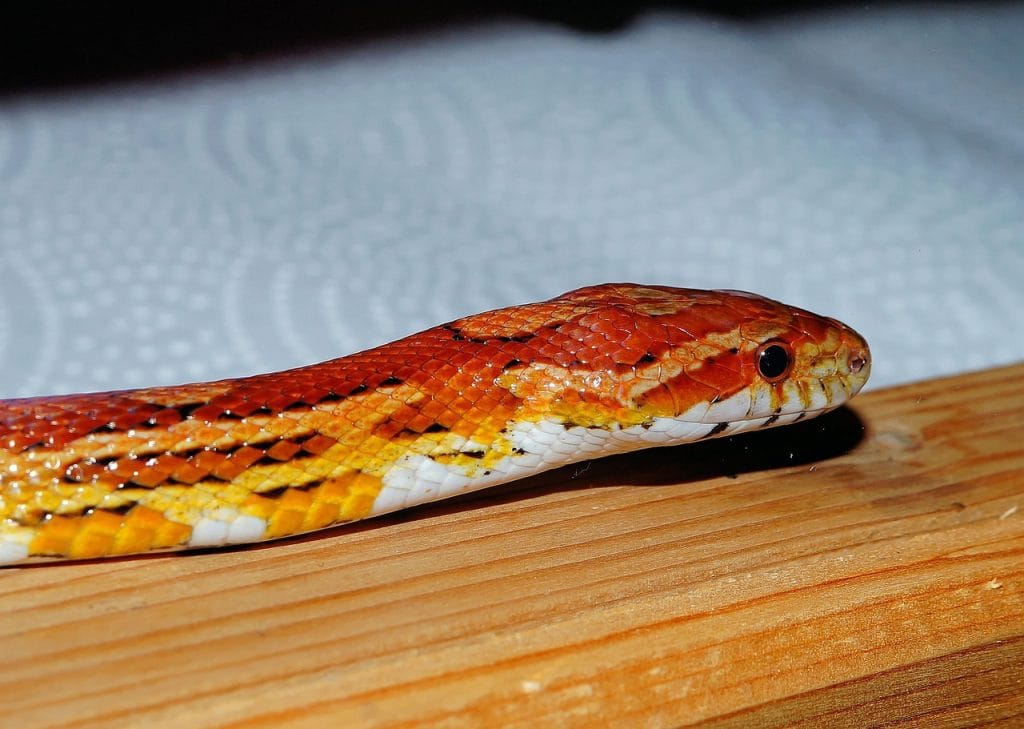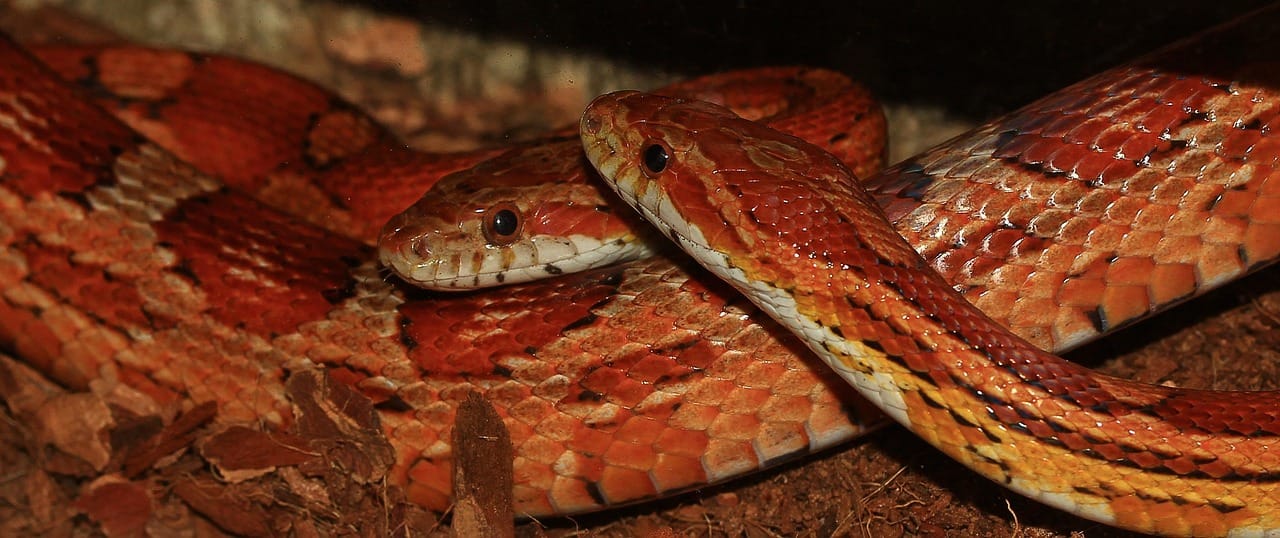- What Does a Corn Snake Eat?
- Corn Snake Feeding Guide -What Foods Are Dangerous for Corn Snakes?
- How Often Should I Feed a Corn Snake? Corn Snake Feeding by Age
- How Long Can a Corn Snake Go Without Eating?
Welcome to the captivating world of corn snake care! With their beautiful colors and gentle demeanor, these reptiles also come with specific dietary needs. This guide will help you navigate their appetite to ensure your snake stays healthy and happy.
Discover what makes up their ideal diet, learn the right feeding schedules based on age, and understand how long they can go without meals under different conditions. We’ll also cover essential tips to avoid dietary dangers that could harm your scaly friend.
Whether you’re new to corn snake care or looking to refine your skills, this guide offers everything you need to keep your pet thriving with well-informed feeding choices!
What Does a Corn Snake Eat?
When it comes to the diet of corn snakes, understanding their nutritional needs is key to keeping these fascinating reptiles healthy and thriving. As a popular choice among pet owners due to their docile nature and striking appearance, corn snakes have specific eating habits that reflect their wild counterparts.
In their natural habitat, corn snakes primarily feast on small mammals like mice, rats, and occasionally birds. Therefore, replicating this diet is crucial for pet corn snakes. These snakes are constrictors, meaning they don’t chew their food but rather wrap around their prey to suffocate it before consumption. This instinctual behavior influences not only the type of food you provide but also how you present it to your pet.
Feeding your corn snake frozen or pre-killed prey is the safest and most convenient option. It mimics their natural feeding behavior while eliminating the risks associated with live feeding. Remember, the size of the food item should be approximately equal to the widest part of your snake’s body. This ensures they can swallow it comfortably and safely.
In the next sections, we’ll delve deeper into what food types are ideal, how often you should feed your corn snake, and the potential dangers of an improper diet. Prepare to discover the secrets to sustaining your scaly companion!
Corn Snake Feeding Guide -What Foods Are Dangerous for Corn Snakes?

As you embark on the journey of nurturing your corn snake, it’s crucial to navigate the waters of their diet with care, steering clear of hazards that could jeopardize their health. Understanding which foods are harmful will not only keep your slithery friend thriving but also ensure your experience as a snake owner remains enjoyable.
First and foremost, wild prey should never make its way into your corn snake’s enclosure. While it might seem instinctive to provide them with mice or rats caught in the wild, these animals can harbor diseases and parasites that pose serious risks to your snake’s well-being. Sticking to frozen or pre-killed prey is the safest route.
Next on the danger list is citrus fruits. These vibrant snacks may tempt you with their colorful appearance, but for corn snakes, fruits like oranges and lemons can lead to digestive upset. Snakes have evolved to thrive on protein, and their systems aren’t equipped to handle sugary or acidic content.
Another significant risk is the practice of feeding live food. While it aligns with natural hunting behavior, it can introduce a whole host of dangers, from injury to the snake wrestling with an unsuccessful hunt. This approach can cause unnecessary stress, not only to the prey but to your corn snake as well.
Avoid processed foods from our human diets—things like meats, dairy, or even grains. Corn snakes digest whole prey with bones, and these processed alternatives simply can’t provide the balanced nutrition they need.
Lastly, be cautious with certain types of fish, as some can contain thiaminase, an enzyme that depletes essential vitamin B1, leading to severe health issues over time.
By being mindful of what to exclude from their diet, you can ensure a happy and healthy corn snake that thrives in your care! In the next section, we’ll explore how often you should feed your corn snake, so they stay satisfied and well-nourished. Get ready to unlock the secrets of their feeding schedule!
How Often Should I Feed a Corn Snake? Corn Snake Feeding by Age

Feeding your corn snake isn’t just about what goes on the plate—it’s also about when those meals are served. Understanding the feeding frequency for your slithery friend will help you maintain their health, adjust to their growth, and keep them feeling their best.
For hatchlings and juvenile corn snakes (under a year old), it’s generally best to feed them every 5 to 7 days. At this age, they’re growing rapidly and require more frequent meals to support their development. A steady supply of nutrient-rich prey will ensure they have the energy to explore their environment and shed those baby scales!
As your corn snake matures into adulthood (around a year old), you can shift to a feeding schedule of every 7 to 14 days. At this stage, they’re not growing as quickly, so slightly longer intervals between meals will keep their metabolism steady and prevent obesity. Pay attention to their body condition—if they’re maintaining a healthy weight, you’re likely on the right track!
During shedding or after a substantial meal, your corn snake may naturally slow down their eating habits. This is entirely normal! Just keep an eye on them: if they refuse food for longer than a few weeks, it might be time to reflect on their environment or consult a vet for additional insights.
Lastly, always remember that hydration is key! Make sure they have access to fresh water at all times and monitor their activity levels, as these can provide clues to their overall well-being.
How Long Can a Corn Snake Go Without Eating?

In the world of corn snakes, patience isn’t just a virtue—it’s a built-in survival mechanism. These enigmatic creatures are masters of energy conservation, allowing them to endure extended periods without a meal, a fascinating trait that echoes their wild heritage.
For adult corn snakes, fasting for up to two weeks is fairly routine, sometimes even extending longer without showing any signs of duress. Seasonal changes, like breeding seasons or cooler months, often trigger this natural pause, where their metabolic rate adjusts to the ebb and flow of nature’s cycles.
However, for the young ones—the juveniles and hatchlings—their boundless energy and growth spurts dictate more frequent meals. They can manage about a week without food, especially during moments of transition like shedding. If they decide to skip dinner, just give their environment a quick check and it’ll likely be back to chomping soon.
Here’s where it gets crucial: three weeks or more without a meal could signal it’s time for an investigation. Are temperature and humidity levels just right? Maybe they’ve taken issue with a change in habitat? Maintaining optimal conditions can encourage them back to a healthy feeding pattern.
Even with their stoic fasting abilities, it’s paramount to monitor your snake’s physical form—think of them as an elegant tube, not a deflated hose. If weight loss becomes evident, it might be time to seek guidance from a reptile-savvy vet to ensure all’s well beneath the scales.
Learn more about corn snake care!

Leave a Reply
You must be logged in to post a comment.